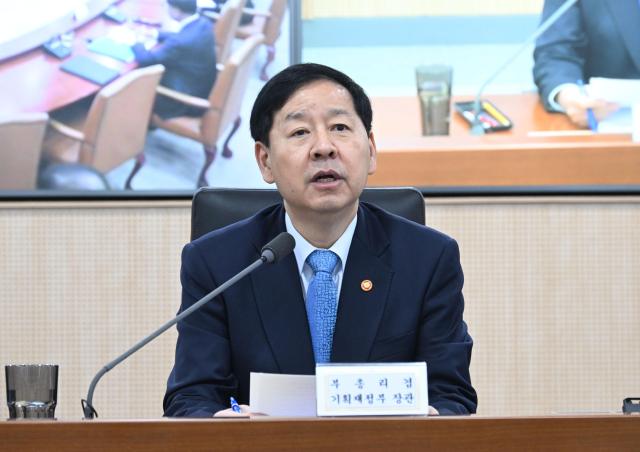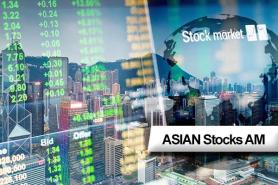
SEOUL, November 26 (AJP) - South Korea will make large-scale investments in autonomous vehicles and artificial intelligence as part of a broader strategy to accelerate the country’s transition to an innovation-driven economy, Deputy Prime Minister and Finance Minister Koo Yun-cheol said on Wednesday.
Speaking at an economic strategy meeting in Sejong, Koo said the government aims to commercialize fully autonomous vehicles by 2027 and elevate South Korea into the world’s top three leaders in the sector.
Beginning next year, the government will establish dedicated “test cities” for autonomous driving, deploying more than 100 vehicles to collect data and validate technologies. Seoul also plans to support the development of specialized GPUs for autonomous systems and set up AI learning centers accessible to companies, universities and research institutes.
Koo vowed to ease regulatory hurdles that have slowed progress in core technologies, including allowing the use of original, unpseudonymized video data to improve research accuracy.
The meeting also reviewed plans to advance next-generation energy projects spanning solar power, power grids and green hydrogen. Koo said the government aims to commercialize high-efficiency tandem solar cell modules by 2028 and begin mass production of 20-megawatt offshore wind turbines within five years.
To strengthen energy security, authorities will seek standard design approval for Korean small modular reactors and expand investment in nuclear-related funds. Koo added that AI-based grid systems will be introduced to improve forecasting and direct electricity to regions with higher demand.
South Korea also plans to localize key high-voltage direct current technologies by 2027 and complete construction of the West Coast energy highway. In green hydrogen, the government aims to cut production costs by more than half through advances in high-efficiency technologies and large-scale demonstration projects.
* This article, published by Aju Business Daily, was translated by AI and edited by AJP.
Copyright ⓒ Aju Press All rights reserved.



